Exclusive: Voices of drupa 2024-Brother International EMEA
In this series, Alex Jahanbani, Editor-in-Chief at ME Printer, brings you exclusive, showfloor interviews with industry stalwarts representing some of the major exhibitors at drupa 2024, the world’s largest trade show of printing technologies.
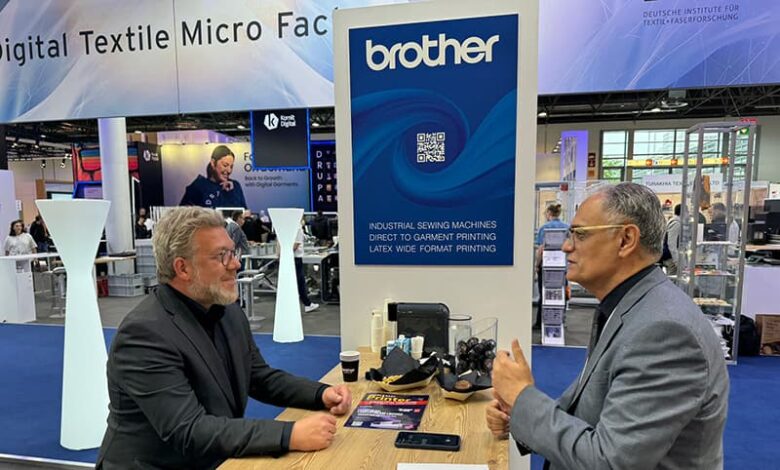
In conversation with Folker Stachetzki, Marketing Manager, Brother International EMEA
How has drupa been so far for Brother International?
As a garment printing company, drupa isn’t our core event. However, we decided to participate in drupa touchpoint textile area for the first time. To our surprise, there was significant interest in direct garment printing. This niche market attracted many visitors who were actively looking for us. The paper printing market focuses on producing cheap and fast, which doesn’t offer substantial profit margins compared to garment printing. For example, producing and selling t-shirts can be much more profitable. This fundamental difference highlights the unique opportunities in the garment printing industry.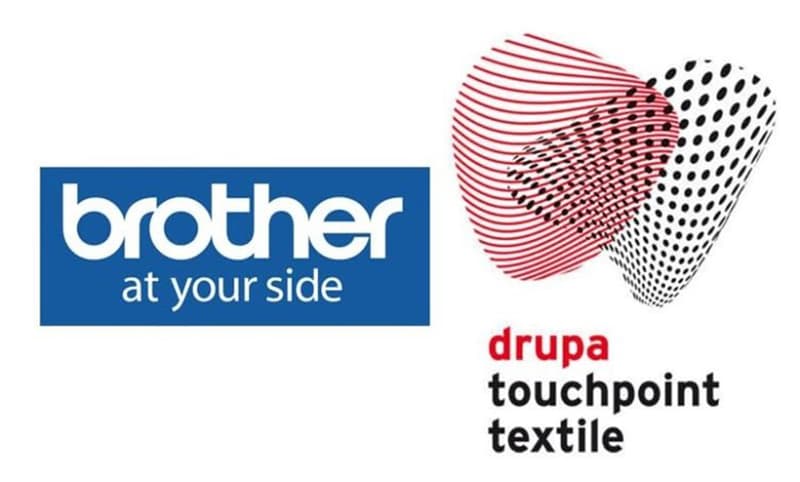
Fast fashion is often criticized for its lack of sustainability. What is your approach to sustainability?
We use GOTS-approved and OEKO-TEX-certified water-based inks that are sustainable and can last for 20 to 30 washes. With our normal Direct to Garment (DTG) technology, you can print on various fabrics, such as cotton, denim, and linen. However, it becomes challenging when the fabric content exceeds 50% polyester. Despite this, our inks perform well on a wide range of materials.
Between DTG and DTF, which technology do you think is superior?
Both DTG and DTF have their advantages. While DTF allows printing on any fabric type, the current process is not sustainable due to the use of micro-plastic-based powders. However, there are ongoing efforts to make DTF more sustainable. Our machines are versatile and can handle both DTG and DTF with the same ink, requiring only minor adjustments. This flexibility allows us to cater to various printing needs while staying committed to sustainability.

In what specific ways is DTF currently not sustainable?
The sustainability issues with DTF mainly stem from the artwork process and the micro-plastic powders used. These elements are not environmentally friendly. However, the industry is working on developing more sustainable alternatives to these components. Our goal is to support these advancements and integrate them into our processes to enhance sustainability.
Is the expansion into garment printing a natural progression from your legacy in sewing machines?
Yes, it is. Brother has a diverse portfolio. For instance, we are the leading provider of karaoke machines in Asia. In the early 90s, when the direct-to-garment business emerged, Brother was among the first to enter the field as a side venture. Today, our garment printing business rivals our industrial sewing machine business globally, reflecting our successful expansion and adaptation.
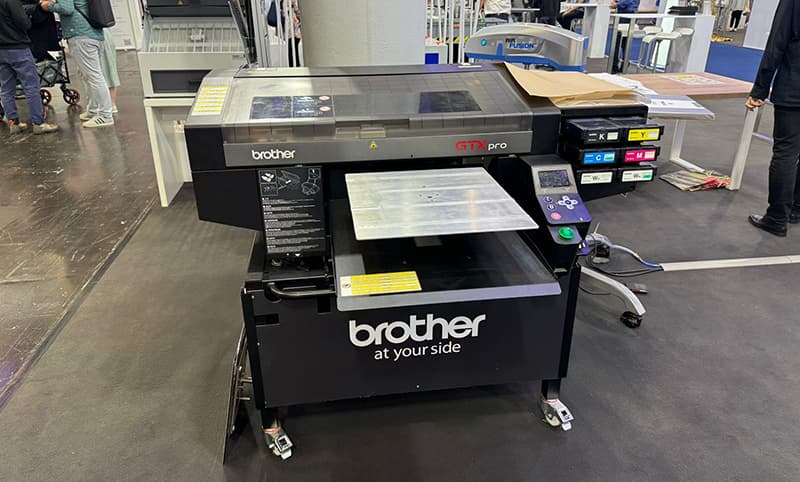
With companies like Epson entering the garment printing market, do you see significant potential in this industry?
Absolutely. The direct-to-garment market is vast and continues to grow. Although DTG printing has been around for about 30 years, it has only become highly professional and quality-driven in the last decade. We now have advanced machines capable of full production, operating 24/7. This market is still young and holds tremendous potential for growth and innovation.
Do you think screen printing will eventually become obsolete?
No, screen printing will remain relevant, especially for large-scale orders like printing 50,000 shirts with the same design for festivals or concerts. However, screen printing is not feasible for smaller, personalized orders of 100 shirts, for instance. Both DTG and screen printing will coexist, each serving different market needs.
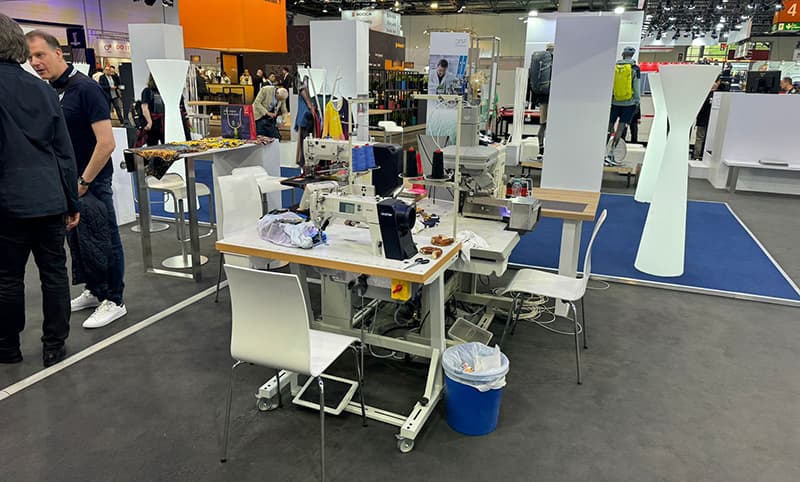
What do you see as the next stage in garment printing technology?
The future of garment printing lies in increasing speed and productivity. The next generation of machines will offer better connectivity, including internet capabilities. We already have software to monitor machine status. DTG technology will continue to evolve towards mass production, potentially reaching productivity levels close to screen printing. For instance, our GTXpro direct-to-garment printer performs best when running continuously. Ideally, it should handle at least 10 to 100 prints per day for optimal performance.
How is Brother International’s business in the Middle East?
Our business in the Middle East is thriving and has seen significant improvement. We are planning to establish a sales and service operation in the region to capitalize on the excellent business opportunities we see there. The Middle East market holds great potential for growth and expansion in garment printing.


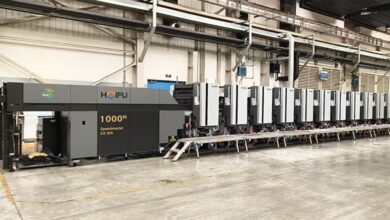
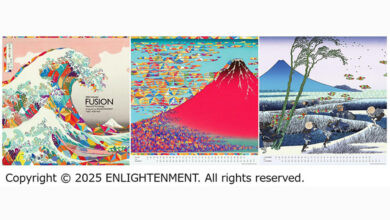

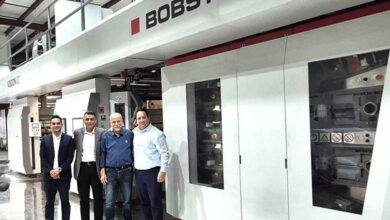
One Comment